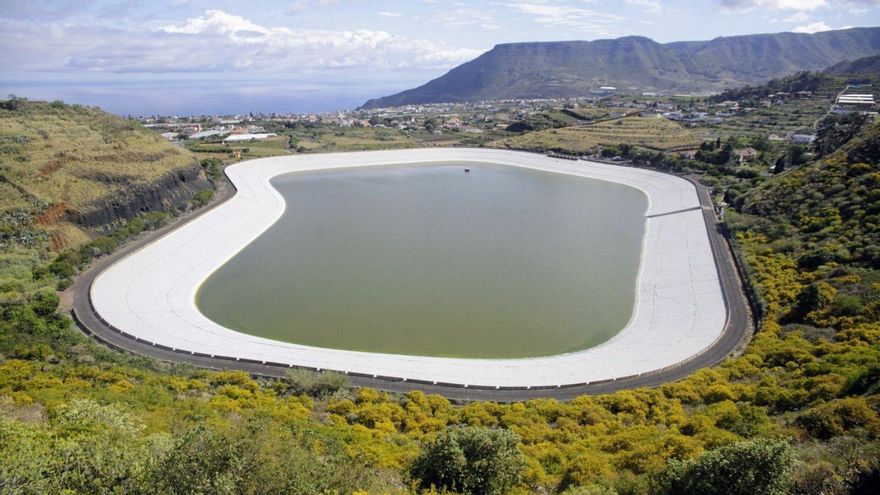
Agriculture is sprouting again in the northeast region of the metropolitan area of Tenerife. The recovery of the countryside in the municipality of Tegueste and in the lagoon towns of Tejina and Valle de Guerra is behind the island having put an end to its trend of losing cultivated area in recent years, gaining 1,100 hectares last year, According to the latest data from the crop map of the Canary Islands Government. Only the Northeast has increased the cultivated area by 170 hectares, according to Javier Parrilla, Minister of Agriculture, Livestock and Fisheries of the Cabildo de Tenerife. “It is one of the traditional agricultural areas that is recovering thanks to the joint effort with the municipalities of La Laguna and Tegueste,” explained the island manager of the primary sector.
This agrarian development of Tegueste, Tejina and Valle de Guerra is due, in part, to the increased availability of water. The Council of Tenerifethrough the public company Balsas de Tenerife (Balten), reported yesterday that has doubled this irrigation water supply in the Northeast in four years. Parrilla recalls that “this summer has been much harder than expected, and without reclaimed water we would not have been able to undertake such a substantial increase in the water service.” According to the island official, in the first half of this year the volume of water supplied increased by 210% compared to 2018, which means distributing 711,000 cubic meters to farmers in the region, the liquid equivalent to in 284 Olympic swimming pools.
Javier Parrilla emphasizes that these figures “reflect the success of the strategy put in place since the beginning of Pedro Martín’s presidency to promote reclaimed water and provide greater stability and quality to the irrigation water supply.” In the case of Tegueste, as detailed by the island manager for the Tenerife countryside, there has been an increase of more than 14 hectares of fruit trees, mainly crops that require more water, such as avocado, and 43 hectares of horticultural crops, in some cases as expansion of agricultural land and in others as reconversion. The same is happening in the areas of Tejina and Valle de Guerra, in the municipality of La Laguna, where the area under fruit trees has also increased, mainly avocado.
Nevertheless, the supply in these population centers has had to be modulated, “Generating shifts and limiting the volume of irrigation to the same amount supplied in 2021.” “It is a situation that we hope to be able to reverse in the month of October,” clarified the Minister of Agriculture, Livestock and Fisheries.
The manager of Balsas de Tenerife, Ana Sánchez Espadas, assures that “intense work has been done to make possible a change of model similar to that of the south, but in this case supported by the deployment of reclaimed water at low levels”. In this way, reclaimed water has been promoted from the Northeast Tenerife Wastewater Treatment and Regeneration Station, located in Valle Guerra, to the Valle Molina reservoir, in Tegueste, which has allowed, along with other contributions, to irrigate the entire the Tejina, Tegueste and Valle de Guerra basins with excellent quality water.















